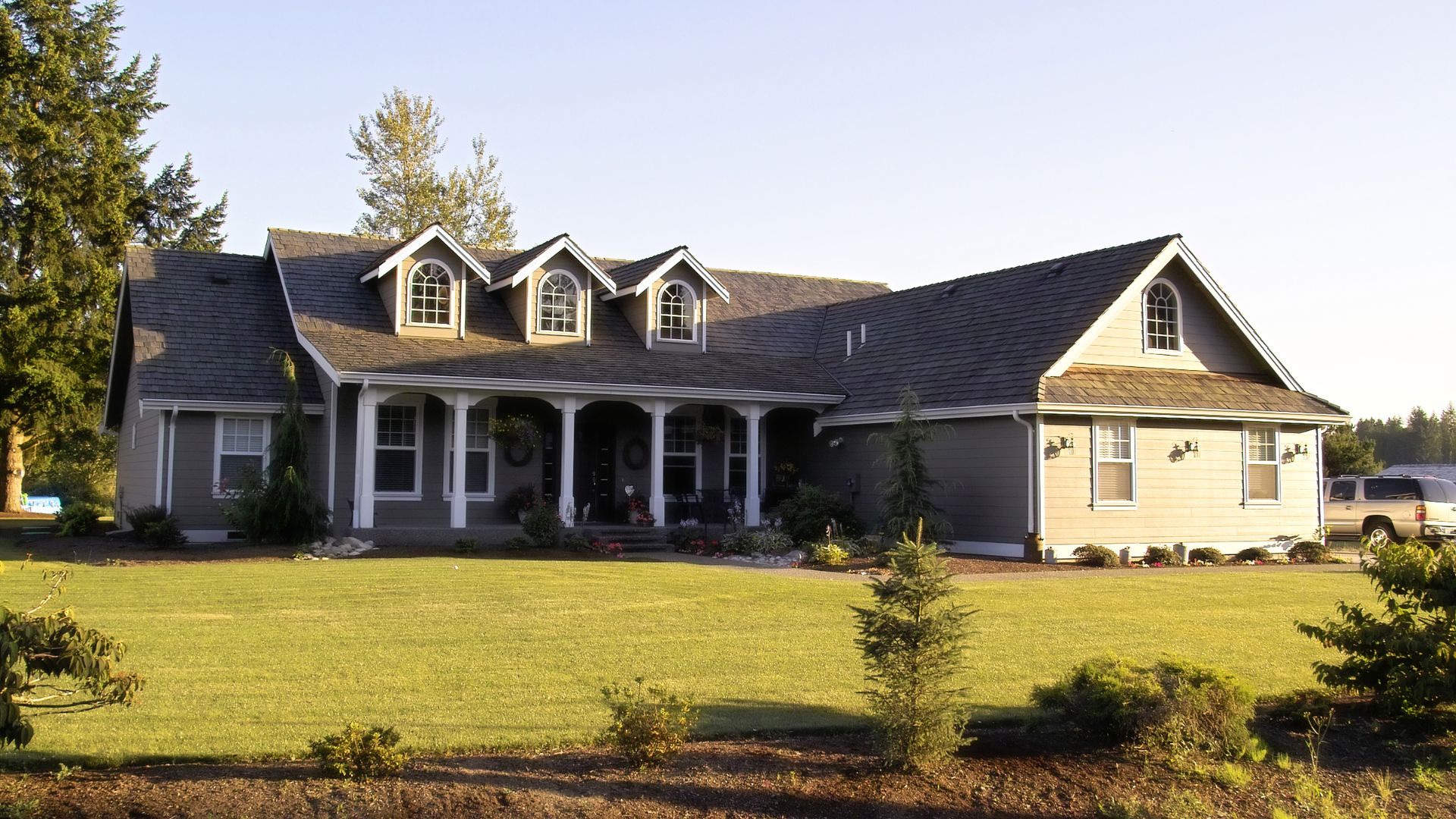Canadian Prime Minister Mark Carney wants to bring back the 1970s.
While trade strife with the United States was a pressing issue in the latest election, increasing the number of affordable houses for sale was a significant topic that has spanned multiple electoral contests across all three levels of government.
During the 2025 election campaign, the former Bank of Canada and Bank of England chief told voters that he wants to get “back into the business of building affordable homes,” pointing to the 1970s trend when the government invested capital and resources into developing housing. This consisted of advancing federal funding, supporting social housing developments, and expanding the Canada Mortgage and Housing Corporation’s footprint.
Of course, government involvement in housing began shortly after the Second World War and continued to expand in the following years. This practice declined by the 1980s and 1990s, when Ottawa transferred housing policies to the provinces, with many subsequently offloading the issue to municipalities.
With Carney and the Liberals obtaining a majority in the House of Commons, the country has now observed the Canadian government’s housing policy and overall federal real estate strategy. And experts have determined that the prime minister and the Grits are trying to resurrect the 1970s.
However, the 2025 Federal Housing Plan contains a mix of old and new elements.
Inside the 2025 Federal Housing Plan
The largest programs and tools to facilitate greater odds of homeownership in this year’s initiative include incentivizing cities to bolster permitting and zoning reform, an apartment construction loan program, and a housing design catalogue to speed up home construction. Indeed, unlocking public lands, making homeownership more accessible, and lowering fabricated home prices have been some of the facets of Ottawa’s efforts to revive affordable housing in Canada.
It is worth noting that these measures are designed to increase the housing supply for households seeking to achieve the dream of homeownership. Carney has proposed constructing approximately 500,000 homes per year; the country currently builds about half that number, which would require the partnership and collaboration of the public and private sectors.
“Doubling the rate of building housing is extremely important because Canada has been under-building for nearly two decades, and during these two decades population has been going up,” Tu Nguyen, economist at RSM Canada, told Global News in May. “It’s extremely ambitious to say that you are going to build 500,000 homes. Is it achievable? Maybe. It will not be easy.”
Can this objective be realized? Today, virtually all of the nation’s housing inventory is completed by the private sector. Fewer than four per cent of the supply is designated for social housing, which is less than the seven per cent average among OECD countries.
That said, until more supply comes online, many Canadians are concentrating on the present and how they can afford to purchase a single-family home or a two-bedroom condo this year.
Ottawa’s multifaceted approach to addressing Canada’s housing affordability challenges also involves various tax incentives that can offer relief to families nationwide.
Here are of the federal government’s dollar-related programs to lower the price tag and enhance affordable housing in Canada.
The biggest component of Carney’s plan features a 100 per cent GST rebate on new homes up to $1 million. It also contains a partial rebate for homes priced between $1 million and $1.5 million. The government estimates this change in tax policy could save homebuyers up to $50,000.
“By eliminating the GST, Canadians will face lower upfront housing costs and keep more money in their pocket,” Carney said in a March statement. “Eliminating the GST will also have a dynamic effect on increasing supply – spurring the construction of new homes across the country.”
Other measures include a first-time home buyer incentive, a shared-equity program to lower monthly payments; a Home Buyers’ Plan, allowing individuals to withdraw up to $35,000 from RRSPs tax-free to purchase a home; and $6 billion for “deeply affordable housing.”
Ultimately, these endeavours can lower upfront costs for homebuyers and make homeownership more attainable for first-time buyers. As the saying goes, every little bit counts, and they can all compound, considering what is happening elsewhere in the Canadian real estate market.
The average national home price sits at around $692,000, and the five-year conventional mortgage lending rate is approximately five per cent.
Canadian Government Housing Policy
In places like Toronto, industry observers have noted that when supply increases, prices tend to decrease. North America’s fourth-largest city is flooded with condo units, and demand is slumping, creating a situation where prices are making a real estate entry point for many first-time buyers. Can the Canadian government’s housing policy replicate this on a broader scale? It might not happen overnight, but Ottawa’s federal real estate strategy could be looking several years ahead.






